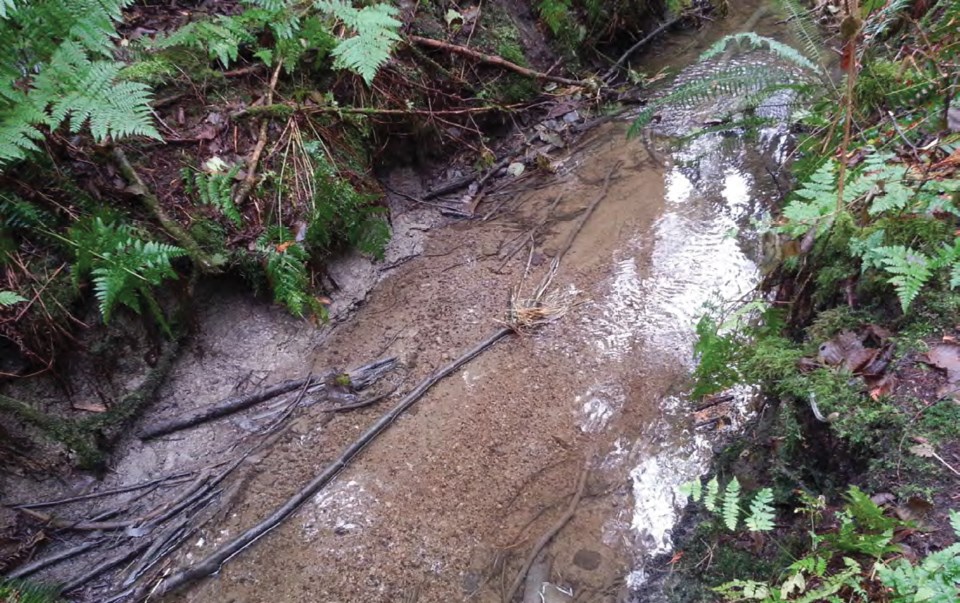The Town of Gibsons says its eco assets strategy is paying off with a big decrease in the development cost charges (DCC) associated with storm water management.
DCCs are the fees charged to developers to cover the cost of municipal infrastructure needed to support their projects, and in a new DCC bylaw that was given three readings at the July 24 council meeting, the storm water DCCs are being reduced 74 per cent.
A report from director of infrastructure services Dave Newman said the reduction is “due in large part to the refinement of the use of natural assets for servicing Upper Gibsons through the pending integrated storm water management plan update.”
Chief administrative officer Emanuel Machado, who has been leading the creation of the Town’s eco assets strategy, told Coast Reporter that being able to reduce the infrastructure costs for services like storm water management was one of the main goals. “It was the fundamental reason we went down this path,” he said. “We saw the opportunity to close the infrastructure gap by relying more heavily on the infrastructure we already have.”
One example of that, he said, is the ponds and streams in White Tower Park, which is a natural catchment for storm water. “Instead of building engineered works in the future, if we expand the park services we won’t have to do that,” Machado said.
“The money that we were projecting to need to support all this growth in Gibsons in the next 20 years, in the neighbourhood of six to seven million dollars, we don’t need that money anymore because we’re only going to need a fraction to improve the creeks and repair White Tower Park.”
Machado said although it’s very rare for a municipality to be able to lower DCCs as dramatically as Gibsons has with the drainage DCC, he predicts other communities will begin following the eco assets model. “I think you’re going to see more of these types of stories.”
In practical terms, the storm water, or drainage, DCC for a single-family home will go from more than $3,000 to just $877.66, although water DCCs will go up so the overall impact is a reduction of 4.5 per cent.
For a commercial or institutional project, the drainage DCC is dropping from $106,391.29 per hectare to just over $28,000.
The other significant change in the DCCs for Gibsons is the creation of a separate set of transportation DCCs for the area within the Gospel Rock Neighbourhood Plan. In his report Newman said, “A key challenge with servicing Gospel Rock is the construction of the primary access connection to Shaw/Inglis... The cost of constructing this connector will be significant but if the costs are included in a Town-wide DCC it will take an inordinate amount of time to generate the DCCs to pay for the road. Therefore, a separate Transportation DCC has been proposed for the Gospel Rock area only and reflects the costs of a rural road standard.”
The Gospel Rock transportation DCCs will be around $11,000 for a single detached home and a maximum of $28,374.88 for cluster homes and townhouses depending on their floor area.
The updated DCC bylaw will be back in front of council in September for a final vote.



